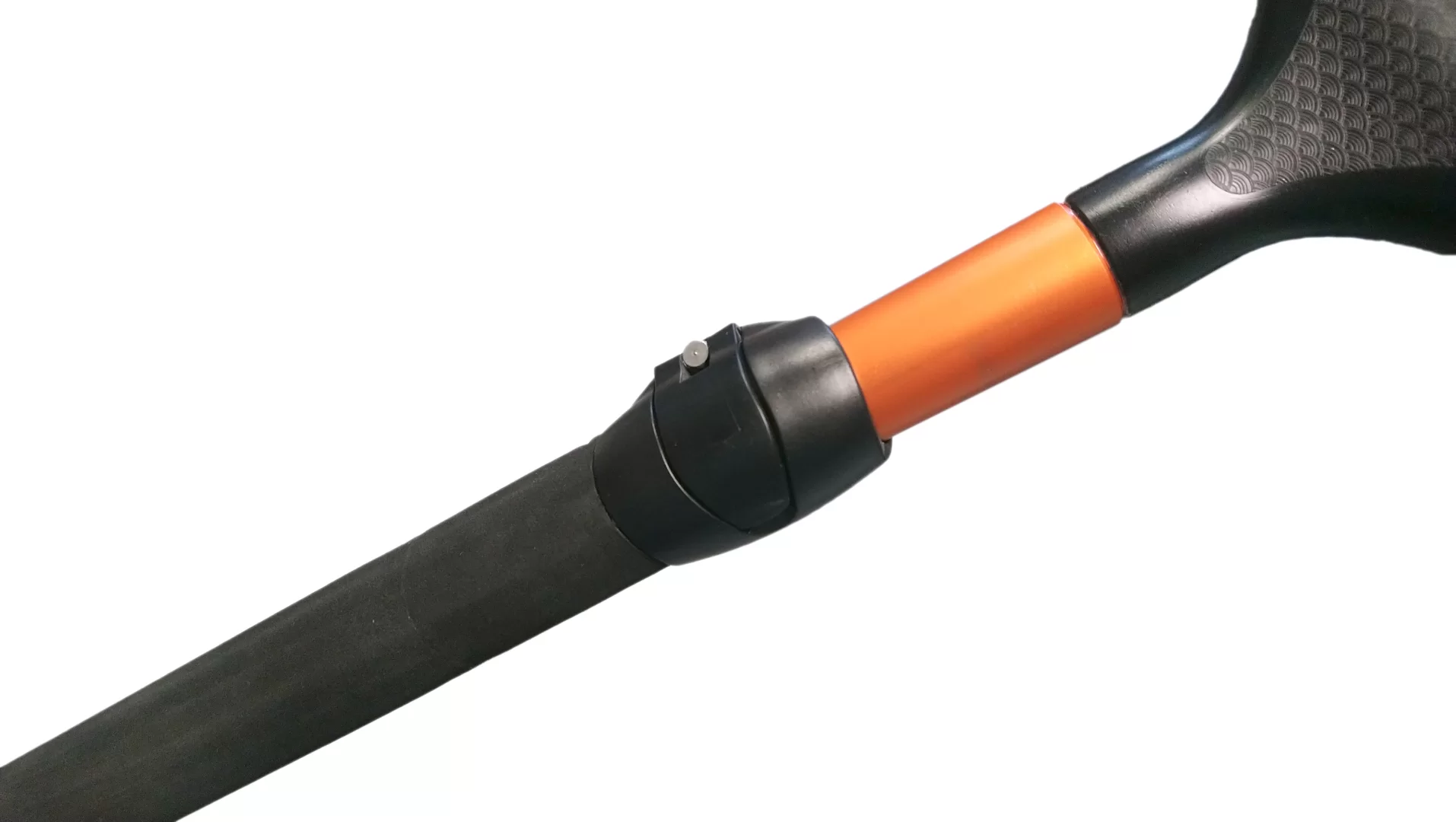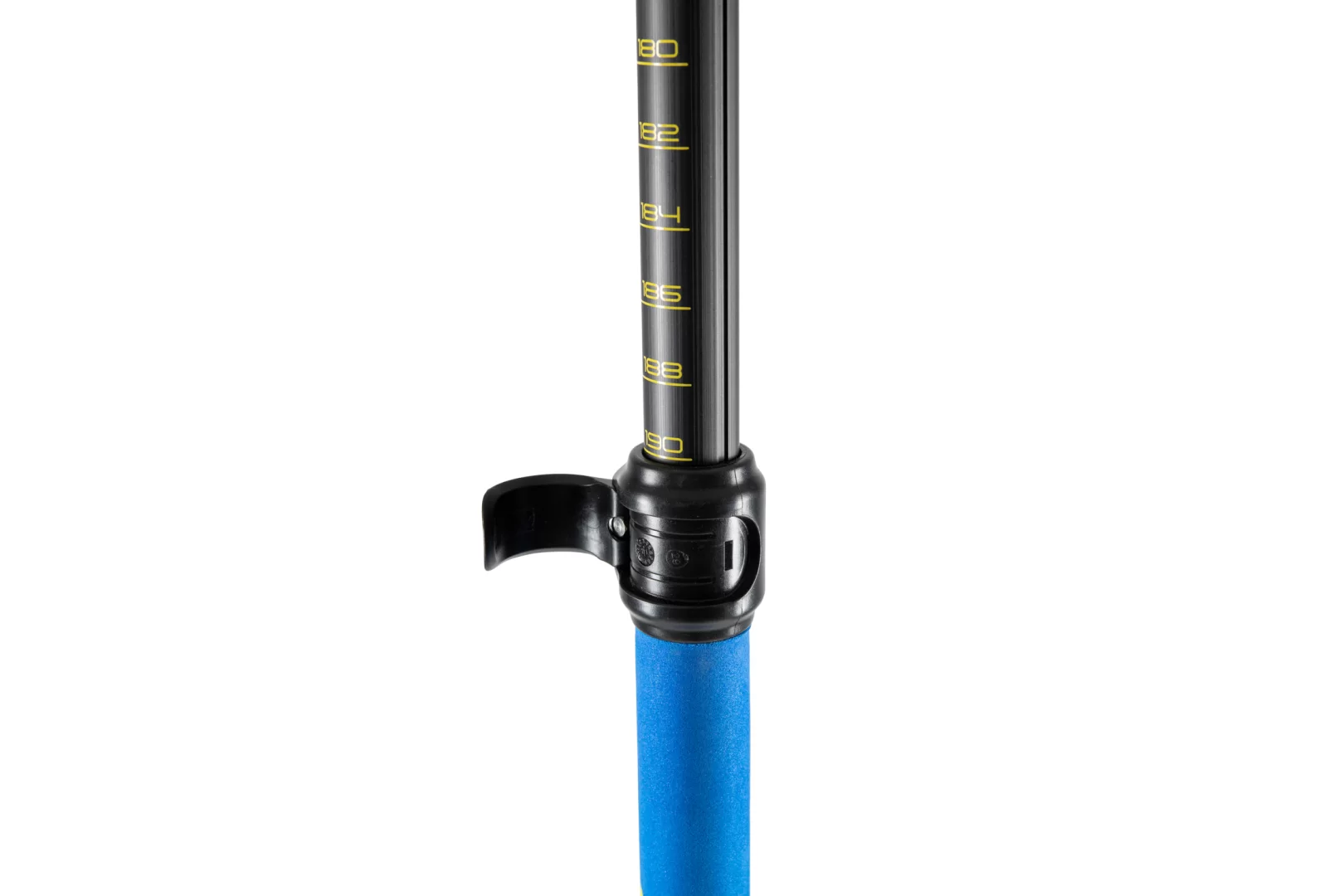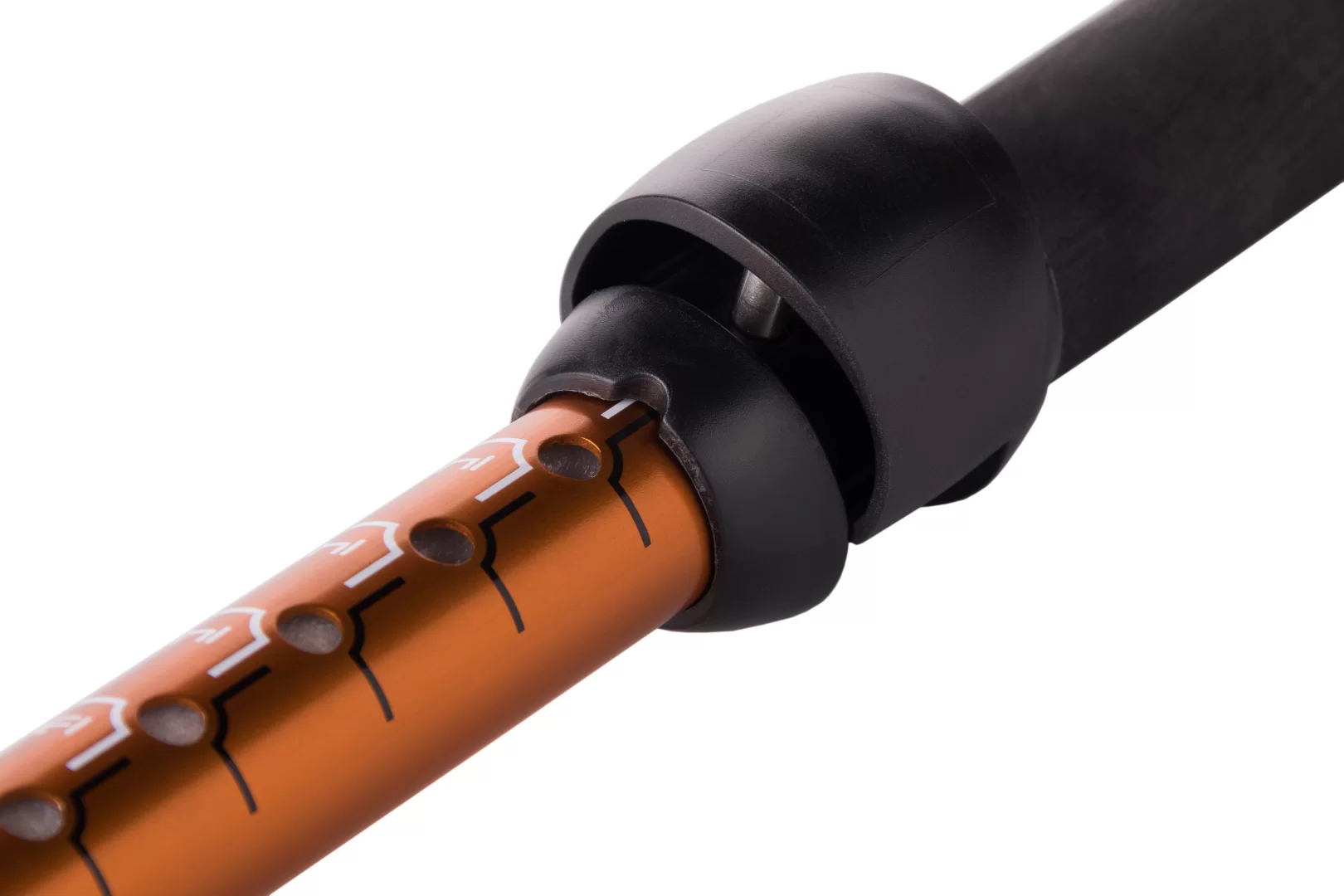Sup Paddles
Choosing the right paddle is as important as choosing the right board. A paddle may seem like a simple piece of equipment, but it is still easy to get confused by all the different features and specifications.
This page explains the fundamentals to know, enabling everyone to find a perfect paddle. Beginners, recreational paddlers, and experienced performance seekers looking to upgrade: start here!
Paddle material
Paddle material is the most important factor determining performance and price, so it is a logical first consideration.
Material has a major influence on weight and stiffness. The lighter and stiffer the paddle, the more efficiently your energy will be translated into speed. Also, a stiffer paddle feels more stable while making your stroke, so it is easier to control.
- Carbon. This is the stiffest and lightest material available. And the most expensive. It is very easily damaged on impact.
- Glass-fibre. A little heavier and less stiff than carbon, but also less vulnerable and less expensive. This is probably the best value option for an intermediate, serious paddler.
- Aluminium (referring to shaft only). Heavier and less stiff than carbon or glass fibre, but very knock resistant. Inexpensive.
- Nylon (referring to blade only). Heavier and more flexible than carbon or glass-fibre, but extremely durable and inexpensive. If you often paddle in shallow waters, this is probably the best choice.
- Wood. For the purists who like to paddle around with a piece of art in their hands!
For all these materials you have to consider that there are ranges of quality. A very cheap aluminium paddle may be terrible to use, but a good aluminium paddle can be almost as stiff as a glass-fibre paddle.
Paddle length
You may have bought the stiffest and lightest paddle imaginable, but if it is the wrong length it will be terribly inefficient.
The length of a SUP paddle is measured from the tip of the blade to the tip of the handle. As a rough guide, your paddle should be 10-25 cm longer than your height. But that's not very specific... So what length is ideal for you? You'll need to consider:
- Your height, obviously.
- Your board thickness and volume. A small wave board sinks deeper when you stand on it, so you are closer to the water. An inflatable touring board can easily be 15cm thick, so you need a longer paddle to reach deep enough into the water.
- Your style. If you try to catch a wave, your stroke rate is relatively fast. For this a slightly shorter paddle is more convenient. If you are touring, you want to make long strokes and a slightly longer paddle is the way to go.
- Your own preference. If it feels right, it's probably the best choice.
Luckily, all Unifiber paddles have adjustable length. So it is almost impossible to choose the wrong paddle. Just experiment to find the best length setting.
1pc, 2pc or 3pc?
A decision you'll have to make when buying a SUP paddle is: do I want a 1 piece, a 2 piece, or a 3 piece paddle?
- 1pc. This is the stiffest and lightest option. The length is fixed. Only for experienced paddlers who know exactly what they want. These are not made or sold by Unifiber.
- 2pc. The shaft of the paddle consists of an outer tube and an inner tube. The length is adjustable by sliding the inner tube. You don't have the risk of buying a paddle of the wrong length. And you can share the paddle with other people (of different height!).
- 3pc. The length is adjustable and you can split the paddle in half to make it easier to store and carry. It is a little bit heavier and after extensive use more flexible as play develops between the sections.
Length adjustment system
When you have adjusted the paddle length to your liking, it is important that it stays in that position. We will describe 3 commonly used systems to lock the length of the shaft:
- Friction clip. A lever squeezes the outer tube so that it firmly grips the inner tube. Solid, no slack and very strong. With the screw on the reverse side you can adjust the clamping force. Be aware: if the screw is not tight enough, the handle might twist during usage.

- Friction clip with anti-twist. A lever squeezes the plastic of the clip so that it grips the inner tube. A rail in the inner tube prevents the handle from twisting.

- Douple-pin clip. Two pins physically lock the inner tube. Twisting or sliding is impossible. Disadvantage: the length adjustment goes in steps of 2 cm. A small amount of slack is possible.

Important: NEVER extend the shaft beyond the 'MAX' position! This weakens the paddle and the shaft or clip might break!
Blade area
The blade area is measured by the surface area of a single face of the blade. It defines how much water 'pushes' against the blade. The larger the blade area, the more power you need to make a stroke. More power means more thrust, but that does not mean that bigger is better. If your blade area is too big, you'll be paddling very inefficiently. So your strength and body weight define your ideal blade area.
This is a rough reference to the blade size:
- Small: less than 550cm2 (85 sq.in.)
- Medium: 580cm2 (90 sq.in.)
- Large: more than 610cm2 (95 sq.in.)
Unique Unifiber feature: EVA gripped shaft
Most of our paddles have the shaft completely covered with EVA grip material. This has multiple advantages:
- Comfort
- Increases buoyancy of the paddle
- Protects the paddle
- The paddle does not damage the rails of the board (applies to hard/epoxy boards)
Why Choose Unifiber SUP Paddles?
Unifiber SUP paddles offer unbeatable value for money without compromising performance. We carefully select quality components to match the needs and budgets of all paddlers in all conditions.
Unifiber offers a comprehensive 1-year unconditional warranty on all SUP paddles and 2-years coverage for manufacturing faults.